A Tighter Connection
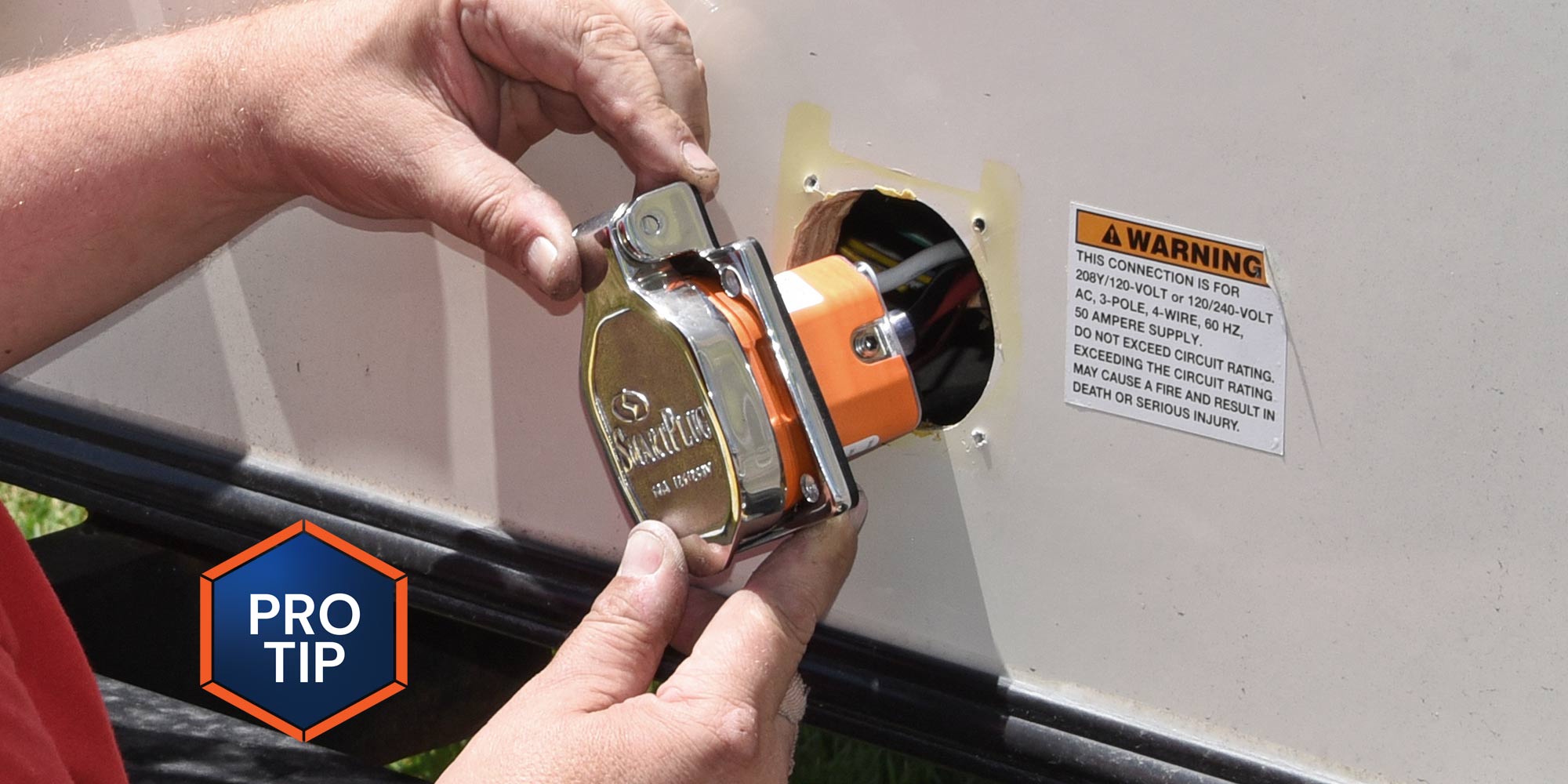
Given the array of maladies which can confront an RV owner, one none of us really expect is to hook up to shorepower in a campground and watch as the lights in the RV begin flashing and “blink” out. Nor is it ever fun to go outside and discover that the plug on the RV’s power cord melted and is smoking — but it does sometimes occur. There are a number of reasons why this can happen, but oftentimes it can be sourced to resistive heating.
Resistive heating is a result of prolonged heavy, but within the rating, amp draw on a connection where the terminals — because of design, wear, or both — fail to make a tight connection. The slight space between the terminal contacts begins to arc and creates abnormal heat. The more heat, the worse the contact gets, eventually leading to a more significant event and failure.
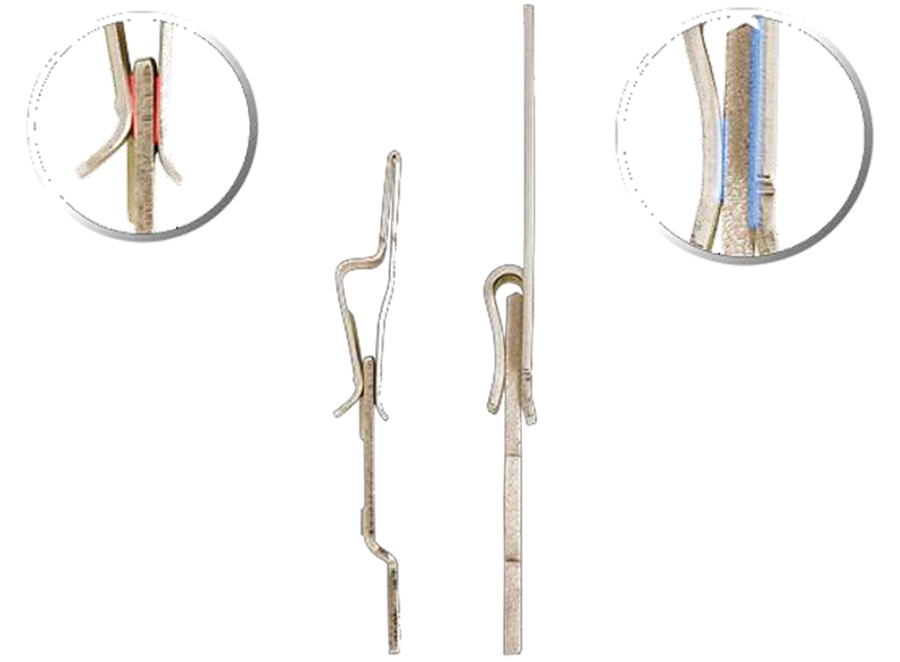
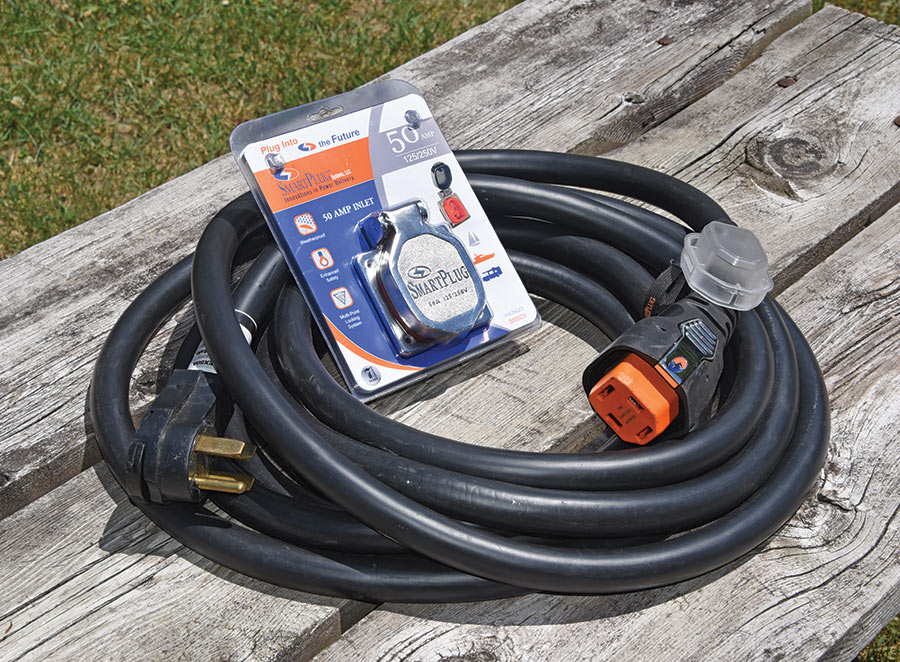
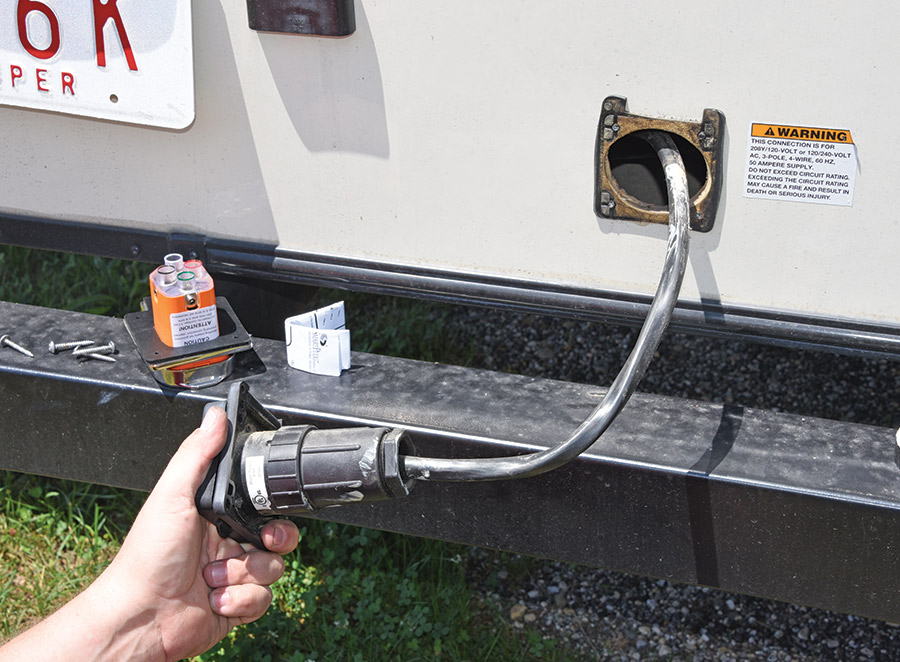
Moisture adds to the problem. Over time, corrosion can help amplify the terminal gap, increasing the arcing and heating. This is especially common, for example, in the connection between the RV cordset, an extension cord, pigtail, or plug-in surge protector where the connection is exposed to rain.
Marine environments are far harsher than those experienced by RVs mainly due to saltwater exposure. Recreational boaters frequently had to deal with power-connection issues like those mentioned above, which led to the invention of the SmartPlug (smartplug.com). The Seattle-based company soon realized RVers can suffer from the same dilemmas and began marketing to the RV community.
The SmartPlug is very different from power cords that use twist-lock connections. Instead of twisting in to secure the connection and then securing a fine-threaded (and fragile) plastic ring, SmartPlug just pushes straight in and locks itself in place using spring locks on each side. This reduces the wear on the pins inside the connection, keeping the connection tight without movement. Twist-lock connections also can become loose, weakening the connection, which can be the result of a plastic ring that does not keep the whole thing together — a common issue with 30- and 50-amp connections.
SmartPlug also uses much heavier-grade pins that are also larger, providing a tighter connection. This upgrade by itself can reduce or even eliminate resistive heating. And the SmartPlug connection is gasketed and, therefore, watertight — again, eliminating the corrosion that contributes to resistive heating. The system includes a snap-on protective cover on a lanyard to guard against moisture and damage to the open end of the cordset when not connected to the RV. Once closed, the SmartPlug receptacle on the RV is also watertight. The latest version also includes a second LED on the cordset plug that indicates shorepower polarity — which helps indicate whether you have a safe connection.
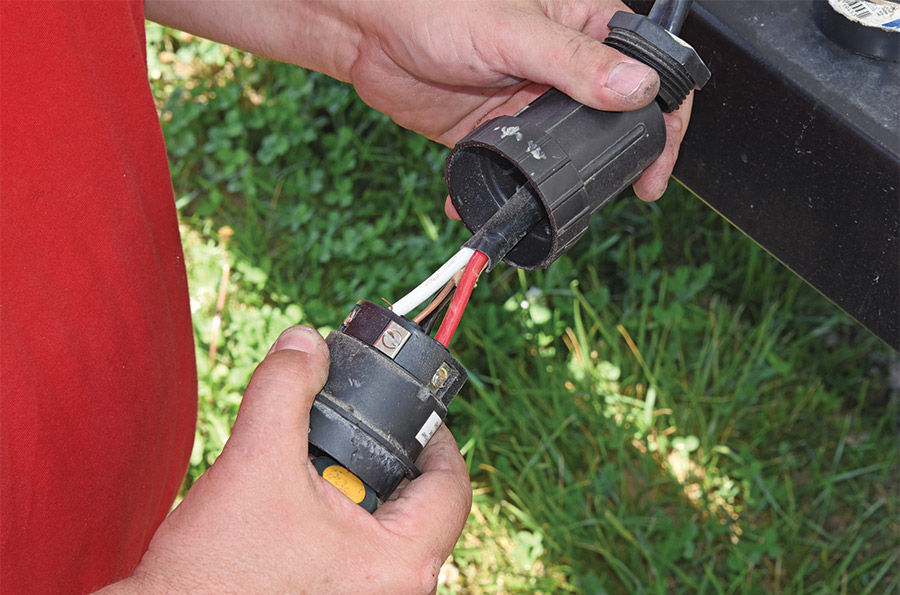
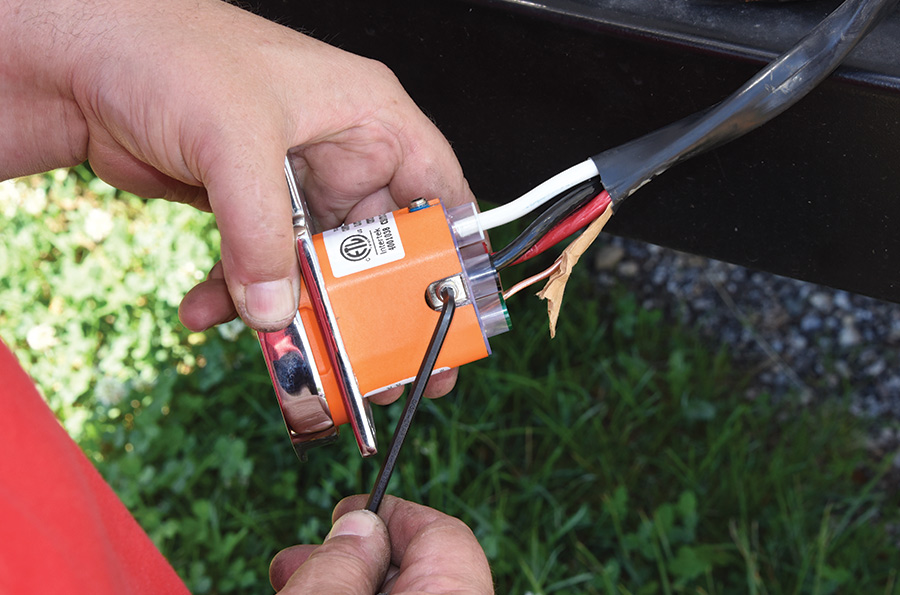
The SmartPlug (https://amzn.to/2Vl1rzw) is available in 30- and 50-amp versions as a replacement plug and receptacle for existing cables, or as a complete cordset with an easy-pull shorepower plug and a softer insulation jacket that doesn’t stiffen in cold weather. Anyone who has had to deal with a standard 50-amp cord will appreciate the flexibility of the SmartPlug cable. In fact, RV Enthusiast Publisher Bob Livingston has been using the SmartPlug cordset for a number of years and said the difference is dramatic, especially in cold weather.
Kits start at less than $150 and go up from there. Expect to spend $400-plus for the 50-amp cable and hardware kit in chrome. We installed a chrome SmartPlug 50-amp system on a 2015 Montana fifth-wheel, replacing a legacy twist-lock, which, as it turned out, was broken inside from an over-torqued set screw.
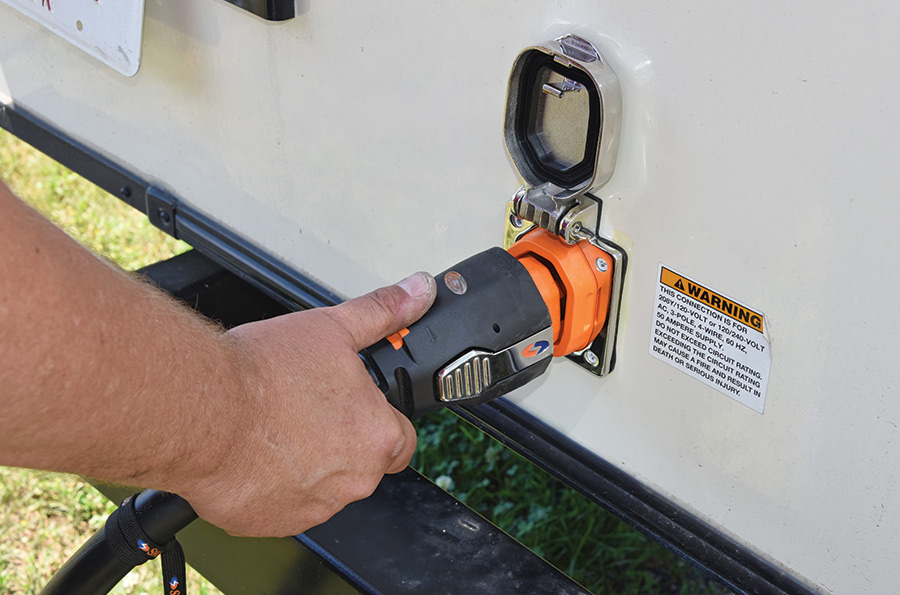
Already a Subscriber? Click here for Access to the Full Issues.

